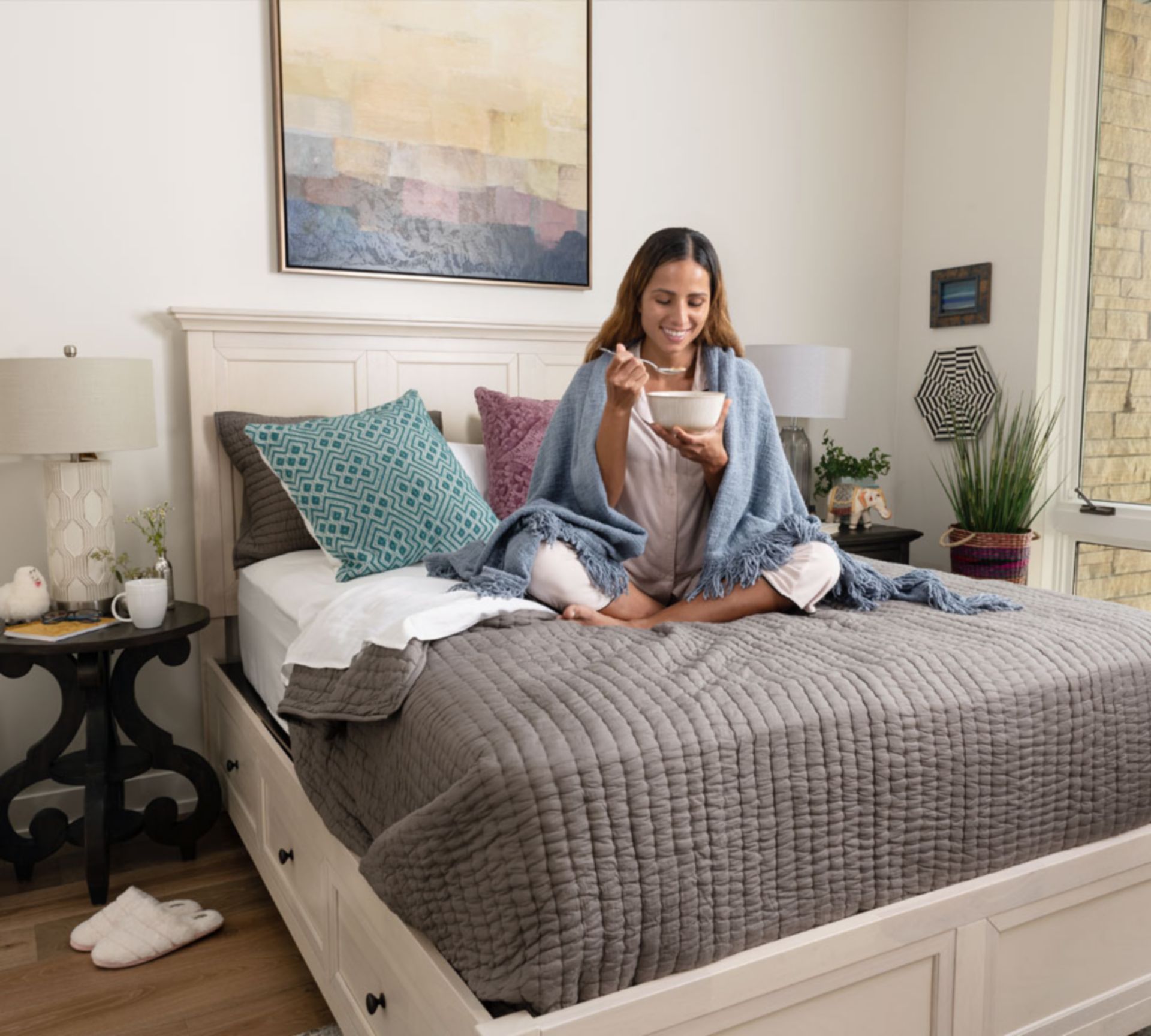All Categories
Featured

When creating a home, the style of furnishings you pick plays a substantial function in establishing the total tone and ambience of an area. 2 popular designs that house owners commonly debate between are conventional and modern. While both designs have their unique charm, they vary considerably in terms of layout, materials, and functionality. Comprehending the distinctions in between these 2 designs will assist you pick the best pieces for your home, whether you're revamping an area or providing an entire house.
- Style and Framework. Contemporary Furnishings: Contemporary furnishings is characterized by streamlined, minimalist styles that stress simpleness and clean lines. Contemporary furnishings often tends to be light and airy, preferring open rooms, and often prevents excessive design.
Standard Furniture: Traditional furnishings, by contrast, draws ideas from historic styles such as Colonial, Victorian, or French Provincial. Unlike the sleekness of modern items, traditional furniture commemorates workmanship, often showcasing magnificently in-depth woodwork and elegant upholstery.
- Products and Finishes. Contemporary Furniture: Contemporary furnishings is used a range of products, consisting of steels, glass, acrylic, and wood. The finishes are generally a lot more refined, concentrating on matte or shiny surface areas. The materials utilized are commonly lighter and much less intricate than those located in traditional furniture, however they are designed to stress open rooms and clean lines. Sometimes, modern furniture features blended products, such as wood combined with metal or glass, to produce a balanced and trendy appearance.
Standard Furniture: Typical furnishings is known for its use of premium, strong products, especially hardwoods like oak, cherry, mahogany, and walnut. The building of traditional furniture items is commonly extra robust and hefty, built to last for generations.
- Color Combination. Contemporary Furniture: The shade combination in modern furniture is commonly more controlled and neutral. While these neutral tones are the primary foundation, modern furnishings frequently includes strong accent colors to bring in character and vibrancy.
Traditional Furnishings: Standard furnishings, on the other hand, features richer, deeper colors. Typical furniture likewise often tends to include extra intricate patterns and appearances, such as floral motifs, damask, and stripes.
- Comfort and Functionality. Contemporary Furnishings: Convenience and functionality are essential elements of contemporary furniture. Pieces are usually created with ergonomic principles in mind, guaranteeing convenience while maintaining a tidy, modern look. Numerous contemporary furniture designs are modular, enabling flexibility and versatility in different room sizes and designs. The focus gets on functionality, with several modern pieces including built-in storage or multi-functional attributes. This makes contemporary furniture ideal for modern space that require both style and energy.
Standard Furniture: While convenience is absolutely a factor to consider in conventional furnishings, it takes a rear seat to the elegance and appeal of the design. Traditional furniture might likewise feature detailed information such as tufted upholstery, scrollwork, and hand-carved legs, which improve the aesthetic allure yet might not always offer the same level of usefulness as modern designs.

- Assimilation with Various Other Designs. Contemporary Furnishings: One of the benefits of contemporary furnishings is its convenience. Contemporary furnishings works well in open-plan areas, urban houses, and homes with minimal décor.
Conventional Furnishings: Typical furnishings is extra suited to homes that embrace a classic, ageless layout. It thrives in formal settings and is best suited for spaces that have a much more well-known, classic feel. While it can be combined with modern or contemporary items to produce a diverse visual, conventional furniture often sticks out by itself. The abundant details and glamorous products used in conventional furniture need attention, and it's ideal incorporated into rooms that permit it to radiate. Typical furnishings is ideal for producing a feeling of background and majesty in a room.
- Long life and Eternity. Contemporary Furniture: Contemporary furniture has a tendency to progress with the moments, showing existing design fads and tastes. While the modern-day allure of these items can last for years, they may not have the same lasting power as conventional furniture. As patterns transform, modern furniture might become outdated, however this can likewise be an advantage for those who enjoy updating their home regularly to maintain up with style changes.
Standard Furniture: Typical furnishings, however, has a timeless high quality that enables it to maintain its beauty for generations. Due to its timeless style and premium products, typical furnishings commonly becomes a long-term investment.
Final thought. Ultimately, the choice in between contemporary and traditional furnishings designs depends on your personal preferences and the ambience you desire to create in your home. In contrast, standard furniture gives timeless sophistication and detailed craftsmanship, perfect for producing a luxurious, classic setting.
Latest Posts
Discover Exclusive Auto Repair Specials in Chicago at Montclare Auto Repair
Published en
1 min read
Take Advantage of Special Auto Repair Offers in Chicago at Montclare Auto Repair
Published en
1 min read
Find Outstanding Car Repair Services at Montclare Auto Repair – Drive with Confidence
Published en
1 min read
More
Latest Posts
Discover Exclusive Auto Repair Specials in Chicago at Montclare Auto Repair
Published May 29, 25
1 min read
Take Advantage of Special Auto Repair Offers in Chicago at Montclare Auto Repair
Published May 25, 25
1 min read
Find Outstanding Car Repair Services at Montclare Auto Repair – Drive with Confidence
Published May 24, 25
1 min read